GARDENING
Surrey’s Premier Lifestyle Magazine
Perfect primulas
We’re almost past the heart of the winter and there is a welcome feeling of increasing warmth and the occasional glimpse of the later setting sun on a clear evening. These hopeful signs mean that winter is on the back foot for another year and The Horticultural Trades Association (HTA) has some timely advice to brighten up the garden.
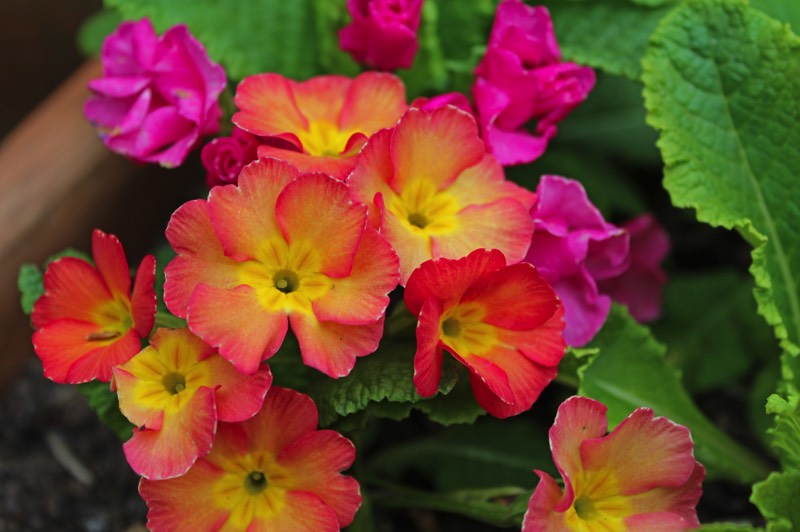
Primula in bloom PHOTO COPYRIGHT: Adam Pasco Media
The greys and pastel colours of winter gradually yield to more and more colour, so help this along by planting a rainbow of colour to welcome in spring. Pack patio pots and fill flowerbeds with Primulas and Polyanthus. These cheerful bedding plants offer great value, flowering their hearts out for weeks on end to brighten the outlook on the remaining dull days of winter as it gradually releases its grip.
Primulas for summer colour
For damp, shady sites and boggy or poolside gardens, there are several Asiatic Primulas that flower fromlate spring through into summer. Look out for:
• Japanese Candelabra Primula (Primula japonica)
• Chinese Candelabra Primula (Primula beesiana)
• Orange Bulley’s Candelabra Primula (Primula bulleyana)
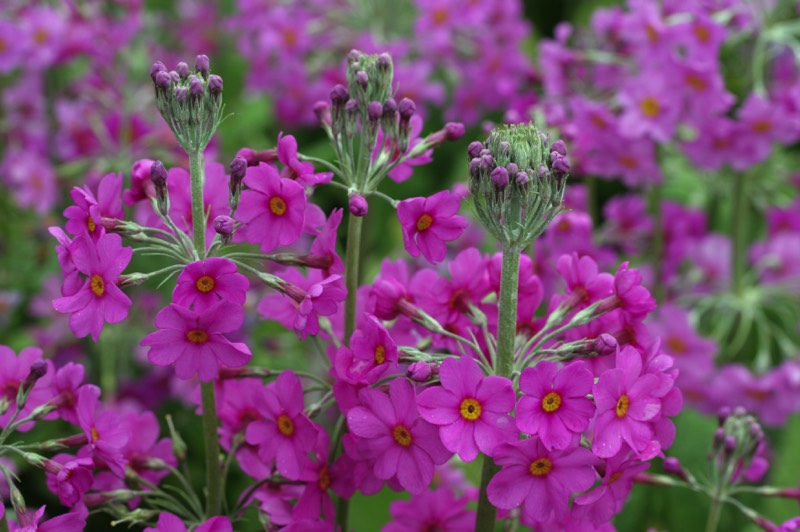
Primula beesiana PHOTO COPYRIGHT: The Farplants Group
New varieties are continually being bred offering outstanding garden performance with larger flowers and improved resistance to the vagaries of British weather. Although single-coloured flowers are always popular, look out for bicolours, double and rosebud types, plus wonderfully scented new varieties too.
Bold blocks of primulas always look striking, but impressive displays can also be created by combining them with other spring bedding, flowering bulbs and foliage plants too. Small pot grown plants are available now in full flower, making them perfect for creating instant displays in any garden, patio or courtyard.
Bold blocks of primulas always look striking, but impressive displays can also be created by combining them with other spring bedding, flowering bulbs and foliage plants too. Small pot grown plants are available now in full flower, making them perfect for creating instant displays in any garden, patio or courtyard.
Top tips for growing Primulas
• Deadhead regularly to remove faded flowers and keep displays looking their best.• The compost in patio pots can get waterlogged during wet weather, so always put a layer of coarse gravel or similar drainage material in the base of pots before filling with compost.
• Raise pots off the ground by standing them on ‘feet’ to avoid drainage holes in the base of pots becoming blocked.
• Temporarily move pots to a sheltered position if snow or bad weather is forecast.
• Cheeky sparrows and other birds sometimes peck at primroses, damaging their blooms. It’s hard to stop these antics, especially with plants growing in borders, but try moving pots closer to the house to scare them away. Some people have noted that blue varieties often avoid bird attention.
Fancy growing Primulas from seed? Check the flower seed range in the local garden centre to see what’s available.
Primulas are one of the most popular wildflowers too. Make a grassy meadow or plant banks, verges and other natural areas with dainty Primroses (Primula vulgaris) and Cowslips (Primula veris). Keep watered if conditions are dry and these hardy perennials will quickly establish, flowering and setting seed to slowly spread and cover the area with their progeny.
Primula enthusiasts often move on from growing bedding varieties to picking choice varieties of Auricula to grow and display in small terracotta pots on patios or shelved Auricula Theatres. A Victorian favourite, hundreds of exquisite varieties of these evergreen perennials have been bred over the years. Many have deeply coloured and patterned petals surrounding a white or golden eye, with rosettes of leathery leaves often intriguingly coated with a powdery bloom.
Primula enthusiasts often move on from growing bedding varieties to picking choice varieties of Auricula to grow and display in small terracotta pots on patios or shelved Auricula Theatres. A Victorian favourite, hundreds of exquisite varieties of these evergreen perennials have been bred over the years. Many have deeply coloured and patterned petals surrounding a white or golden eye, with rosettes of leathery leaves often intriguingly coated with a powdery bloom.
Spring planting combinations using Primulas
Choose from a range of spring bedding plants, flowering bulbs and hardy perennials to create colourful displays for patio pots and flowerbeds. Here are some ideas of flowers that could be chosen as companion plants for Primulas and Polyanthus:• Bedding Daisies (Bellis)
• Bugle (Ajuga)
• Daffodils and Narcissus
• Forget-me-nots (Myosotis)
• Grape Hyacinths (Muscari)
• Heuchera
• Hyacinths
• Pansies and Violas
• Stocks
• Sweet William
• Tulips
• Wallflowers (Erysimum)
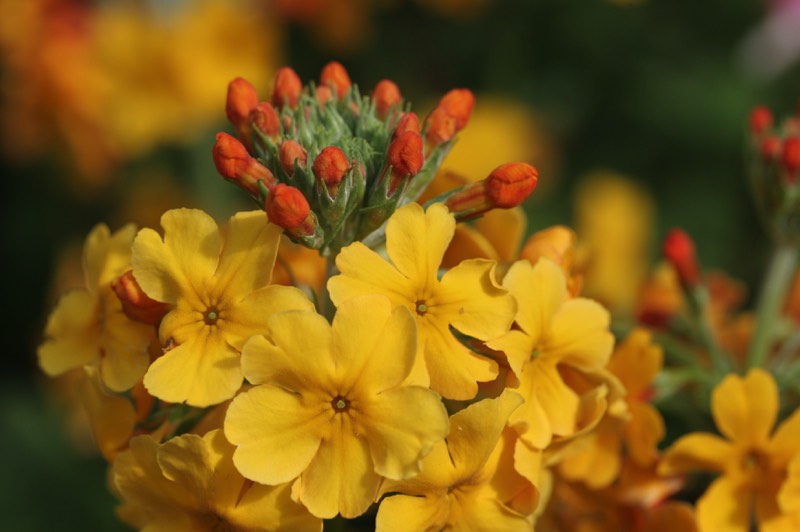
Primula bulleyana PHOTO COPYRIGHT: The Farplants Group
essence info
The Horticultural Trades Association (HTA) is the trade association for the UK garden industry.Website: www.the-hta.org.uk
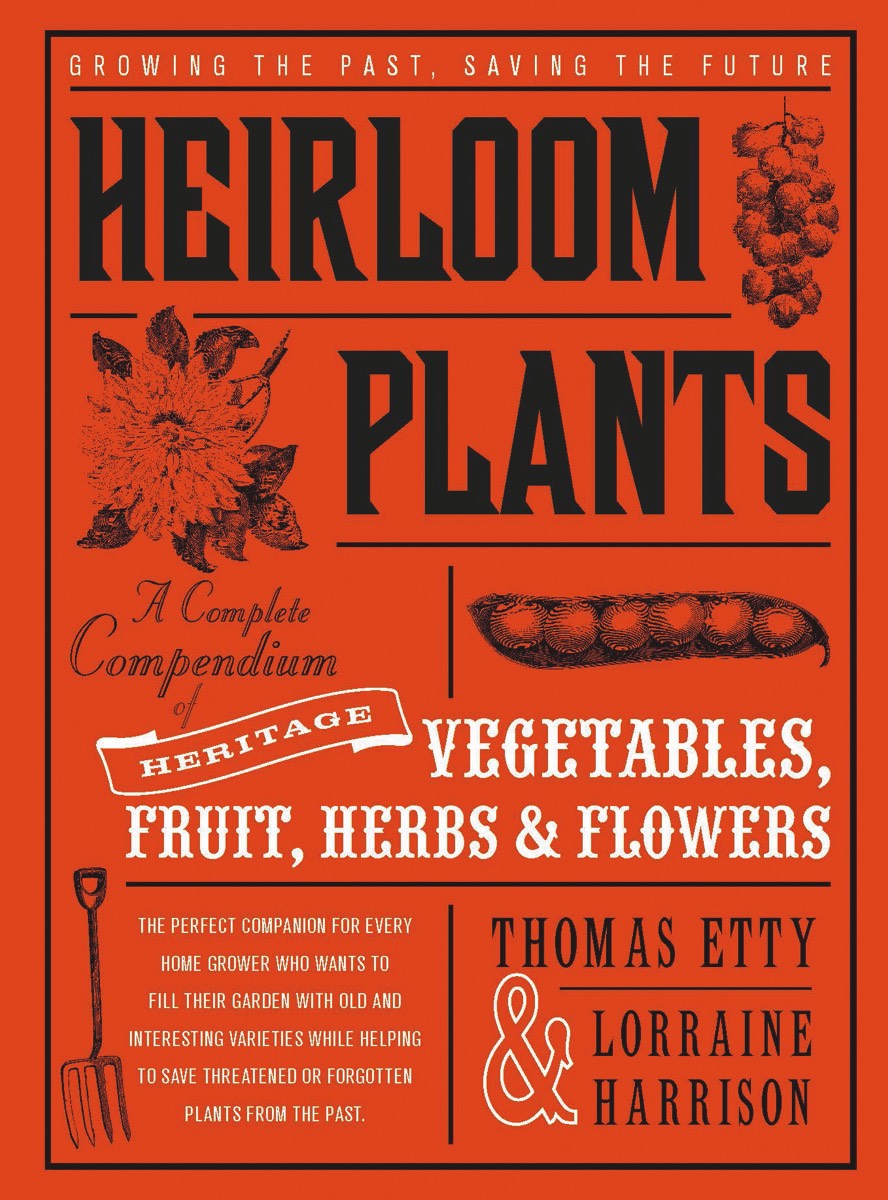
Heirloom Plants
A Complete Compendium of Heritage Vegetables, Fruit, Herbs & FlowersThis book is the perfect companion for every home grower who wants to fill their garden with old and interesting varieties while helping to save threatened or forgotten plants.
Heirloom plants often have a charm lacking in commercially produced varieties. Unless these seeds are grown and saved, they will not only be forgotten, but lost too.
Based on the seed catalogues of Thomas Etty, the book lists exciting cultivars, along with profiles and growing tips. Responsible gardening, certainly, but with more than a hint of romance; who could resist the lure of the splendid Hubbard Green Warty squash, or the Green Zebra tomato?
Thomas Etty Esq is the UK’s only dedicated heritage seed company and was set up over twenty years ago by Ray Warner. The company name is inspired by Ray’s great, great, great grandfather who himself dealt in seeds in the nineteenth century. Ray is the dedicated seedsman behind this heirloom seed company with Thomas Etty Esq sourcing seeds dating from the seventeenth century to the end of World War II, all from small-scale seed suppliers from the UK and Europe.
Lorraine Harrison is a keen practical gardener with a master’s degree in garden history. In addition to contributing to the gardening quarterly Hortus, she has authored a number of books, among them the bestselling Latin for Gardeners.
“A strikingly produced compendium of heirloom vegetables, fruit and flowers.” – The Bookseller
By Lorraine Harrison & Ray Warner, seed catalogues written by Thomas Etty
224 pages • Hardback • Illustrations throughout
ISBN: 9781782403173 RRP: £18.99
essence info
Published by Ivy PressWebsite: www.ivypress.co.uk
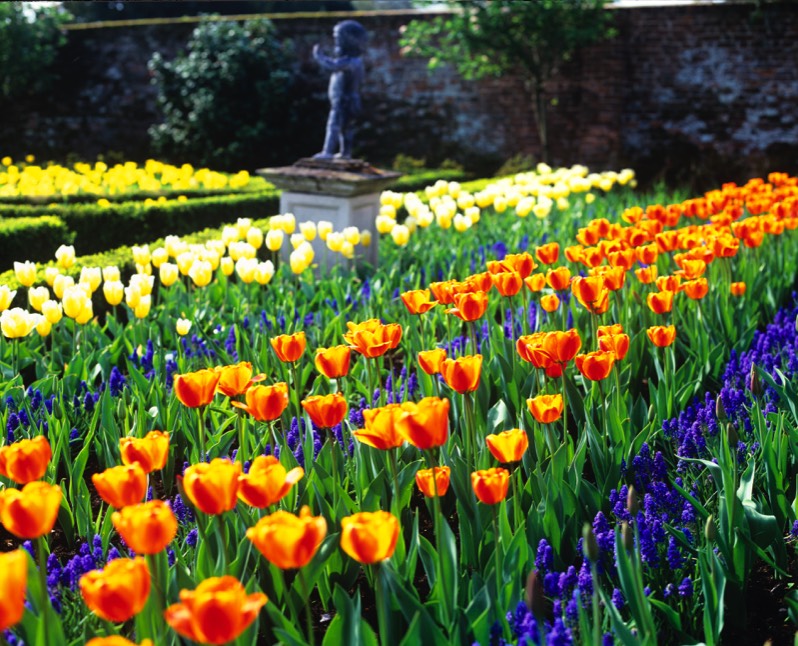
Festival of tulips
Dunsborough Park, Ripley stages the spectacular Festival of Tulips next month with 20,000 new bulbs and over 15,000 one-year-old bulbs creating a breathtaking wild meadow at this country estate.Dunsborough House dates back to the fourteenth century and the dissolution of the monasteries. The land at Dunsborough Park was originally granted to a local nobleman by Newark Abbey.
Located in Ripley, less than 20 miles from central London, the house is set in over 100 acres of grounds, including fields and woodland. Elizabeth Taylor spent one of her wedding nights at Dunsborough.
The owners of this stunning estate, Baron Dolf and Baroness Caroline Sweerts de Landas Wyborgh, welcome visitors at various times of year.
On the six garden open days, three are for the National Gardens Scheme (NGS) on 30 April, 12 June and 18 September. These raise funds for several invited charities: Shooting Star Chase, Naomi House Children’s Hospice, Art Research Creativity & Health (ARCH), Princess Alice Hospice and many more who benefit from attending the event and selling homemade teas.
Dutch born Baron and Baroness Sweerts de Landas Wyborgh moved to Dunsborough Park in 1994 and took on the task of renovating a tired house and transforming a six acre area surrounding the house into beautiful landscaped and formal gardens. These are now made up of a series of ‘garden rooms’ with their own style and charm, including:
• The White Garden, with its ancient 300-year-old Mulberry tree, anemones, Solomon’s Seal and Iceberg roses.
• The Classic Italian Garden.
• The Old Romantic Rose Garden, with subtle colours of mostly pink roses, the Rose Walk with David Austin roses, including Queen of Sweden, Brother Cadfael, and scented Bourbon roses.
• The Eighteenth Century Walled Garden is lined on one side with a large, 45 metre Victorian greenhouse.
• The Dutch Garden has a wonderful 70ft ginkgo biloba hedge. This area is home to the wonderful tulip displays.
• The Peacock Area with an impressive box parterre and a beautiful ‘peacock’ gate.
• The Water Garden, originally created in the 1930s, features a dammed brook that rushes to join the Ockham Mill Stream and the River Wey. A stone bridge provides an excellent viewpoint.
essence info
Dunsborough Park is available for private garden tours and can offer an exclusive and romantic setting for spring and summer wedding receptions. Other activities are also available. For more information visit www.dunsboroughpark.comNew varieties are continually being bred offering outstanding garden performance with larger flowers and improved resistance to the vagaries of British weather.



